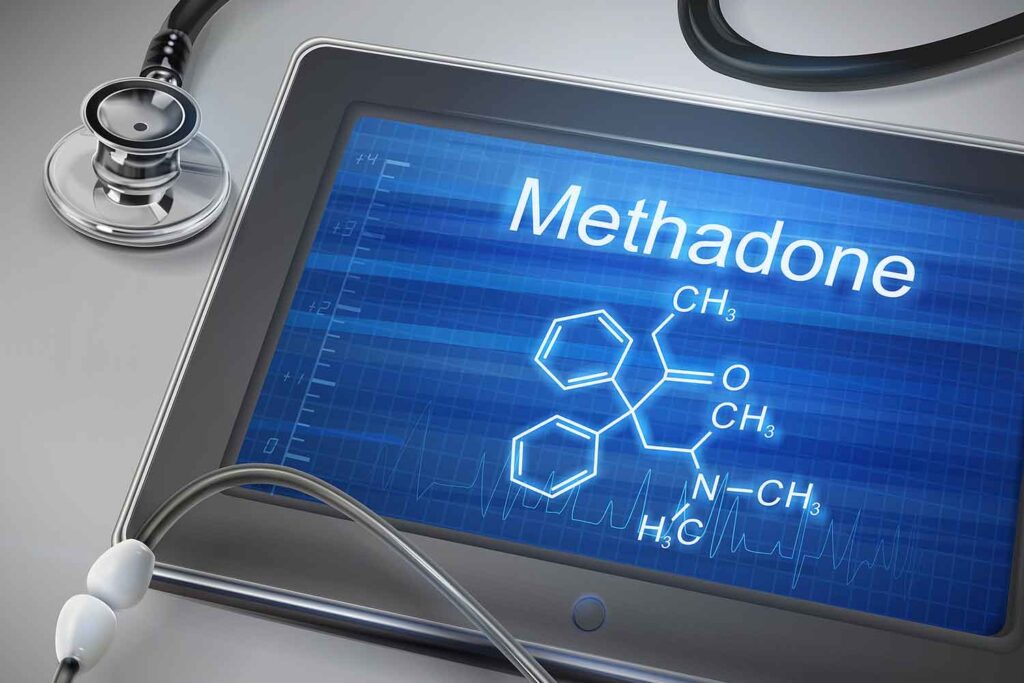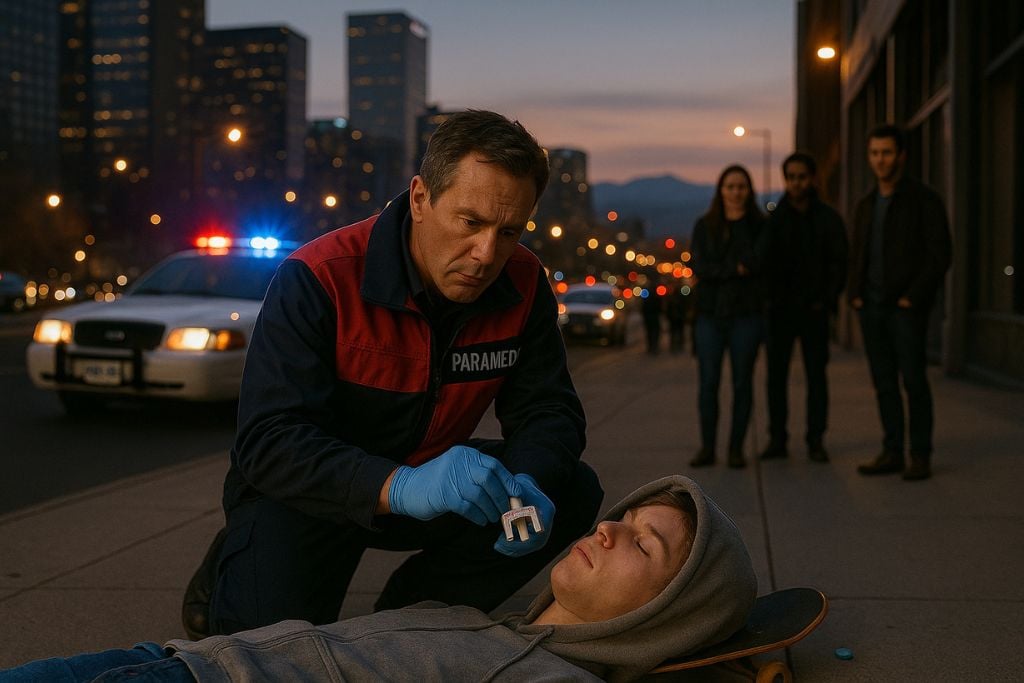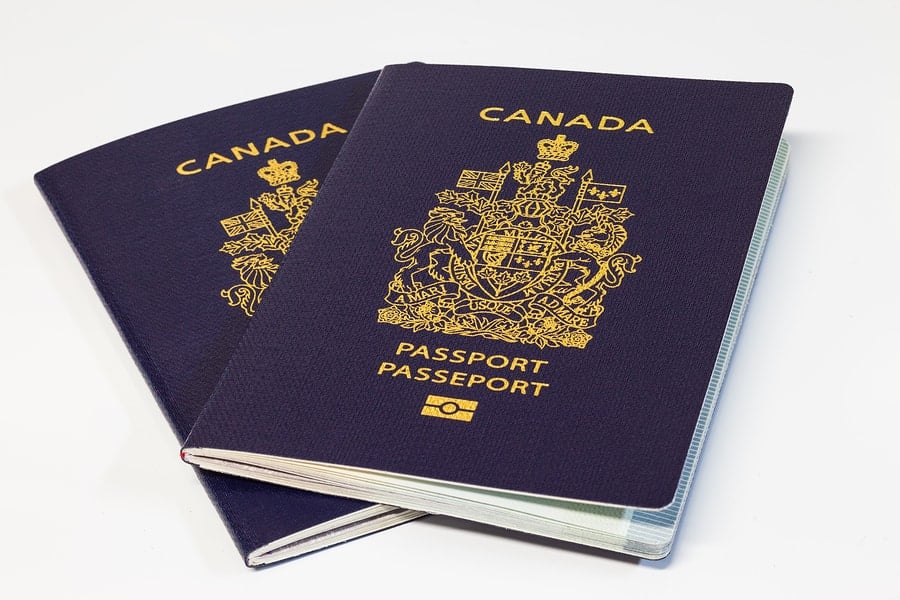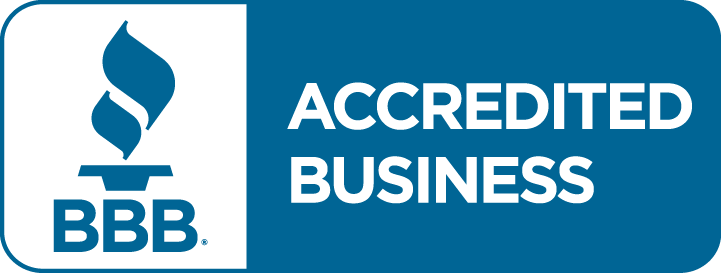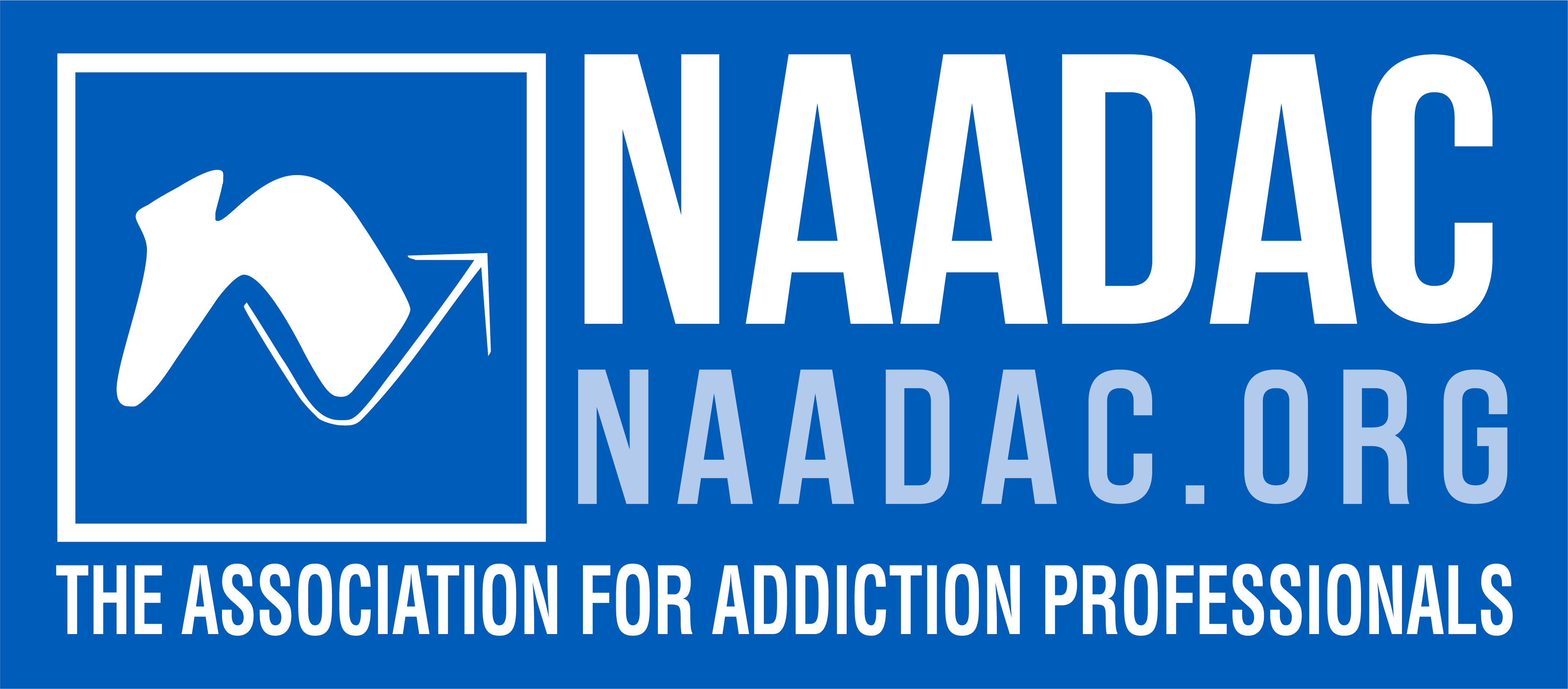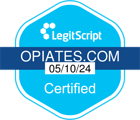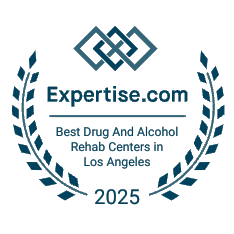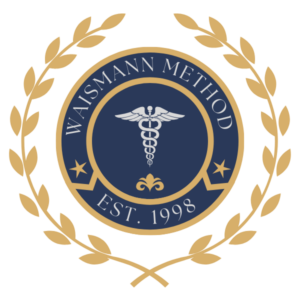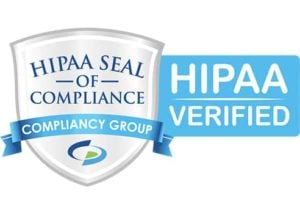Ultram (tramadol) is a prescription opioid pain medication used for moderate to moderately severe pain. Though initially considered a safer alternative to stronger opioids, Ultram has a significant potential for abuse and addiction. As awareness grows about the risks of tramadol dependency, it’s crucial to understand the signs of Ultram addiction, the dangers of withdrawal, and why inpatient medical detox is the safest and most effective first step toward recovery.
What Is Ultram Addiction?
Ultram addiction is a chronic, relapsing condition characterized by compulsive tramadol use despite harmful consequences. While tramadol was once believed to have a lower risk for abuse, research and clinical experience have shown that it can cause physical dependence, psychological cravings, and a cycle of misuse similar to other opioids.
How Ultram Addiction Develops
- Tolerance: Over time, the body adapts to Ultram, requiring higher doses to achieve the same pain relief or euphoric effects.
- Physical Dependence: The brain and body become reliant on the drug, leading to withdrawal symptoms if use is reduced or stopped.
- Psychological Dependence: Users may feel unable to function or cope without Ultram, leading to compulsive use.
Risk Factors:
- Long-term or high-dose use
- Personal or family history of substance abuse
- Co-occurring mental health disorders (e.g., depression, anxiety)
- Lack of social support
Signs and Symptoms of Ultram Addiction
Recognizing the signs of Ultram addiction early can help prevent severe health and life consequences. Symptoms can be physical, behavioral, and psychological.
Physical Symptoms
- Drowsiness, sedation, or lightheadedness
- Nausea, vomiting, constipation, or diarrhea
- Dizziness, confusion, or headaches
- Sweating, chills, or tremors
- Slowed or shallow breathing
- Seizures (especially at high doses or with abrupt withdrawal)
- Muscle aches and general fatigue
- Allergic reactions (itching, hives, swelling)
Behavioral Symptoms
- Taking more Ultram than prescribed or using it more frequently
- “Doctor shopping” to obtain multiple prescriptions
- Neglecting work, school, or family responsibilities
- Withdrawing from friends and family
- Engaging in risky or illegal activities to obtain the drug
- Using Ultram in ways not intended (crushing, snorting, injecting)
Psychological Symptoms
- Mood swings, irritability, or agitation
- Anxiety, depression, or paranoia
- Intense cravings for Ultram
- Impaired judgment and decision-making
- Loss of control over drug use
Dangers and Long-Term Effects of Ultram Addiction
Chronic Ultram misuse can result in serious and lasting health consequences:
- Chronic fatigue and low energy
- Hormonal imbalances
- Liver and kidney damage
- Cognitive impairment and memory problems
- Increased risk of seizures
- Respiratory depression, coma, or death
- Social isolation, relationship breakdowns
- Financial and legal problems
Ultram’s unique action on serotonin and norepinephrine means that withdrawal and overdose risks can be higher for certain individuals, especially those with mental health conditions or those taking antidepressants.
Ultram Withdrawal: Symptoms and Timeline
Stopping Ultram suddenly can trigger withdrawal, which may be severe and uncomfortable. Withdrawal is a key indicator of physical dependence and should be managed with medical supervision.
Common Withdrawal Symptoms
- Nausea, vomiting, diarrhea
- Muscle aches, body pain, and restlessness
- Sweating, chills, and goosebumps
- Insomnia and sleep disturbances
- Anxiety, depression, and mood swings
- Intense drug cravings
- Hallucinations, paranoia, or confusion (in some cases)
- Sensory disturbances (numbness, tingling)
Withdrawal Timeline
- 12–24 hours after last dose: Early symptoms begin (anxiety, sweating, restlessness)
- 2–3 days: Symptoms peak (nausea, vomiting, diarrhea, insomnia, tremors, hallucinations possible)
- 5–10 days: Most symptoms resolve, but psychological symptoms (anxiety, cravings) may persist
Important: Ultram withdrawal can be more complex than other opioids due to its effects on serotonin and norepinephrine. Abrupt cessation can lead to seizures, severe mood disturbances, and other complications. Medical supervision is essential for safety.
Why Inpatient Medical Detox Is Essential for Ultram Addiction
Inpatient medical detox is the safest, most effective way to manage Ultram withdrawal and begin recovery. Here’s why:
Around the Clock Medical Supervision
Patients are monitored around the clock by medical professionals, ensuring that withdrawal symptoms are managed promptly and complications (such as seizures or severe psychological distress) are addressed immediately.
Safe Tapering Protocols
Doctors can gradually reduce Ultram doses to minimize withdrawal discomfort, rather than quitting “cold turkey,” which can be dangerous.
Symptom Management
Medical staff provide medications and supportive care to ease symptoms like nausea, diarrhea, muscle aches, anxiety, and insomnia, making detox more tolerable and reducing the risk of relapse.
Immediate Emergency Care
If severe complications arise, such as seizures or hallucinations, immediate intervention is available.
Structured, Supportive Environment
Inpatient detox removes the patient from triggers and temptations, reducing the risk of relapse during the most vulnerable phase of recovery. Who Benefits Most from Inpatient Detox?
- Individuals with a history of seizures or severe withdrawal
- Those with co-occurring mental health disorders
- Anyone who has previously failed outpatient detox or relapsed
- People lacking a safe, supportive home environment
Inpatient Care during Adjustment Period for Ultram Addiction
Detox is only the first step. Inpatient rehab provides a comprehensive, structured environment for ongoing recovery. Key benefits include:
- Comprehensive Care: Medical support, therapy, and counseling address both physical dependence and psychological addiction.
- Therapeutic Interventions: Individual counseling, group therapy, and skills-building classes help patients understand the root causes of addiction and develop coping strategies.
- Peer Support: Patients benefit from shared experiences and encouragement from others in recovery.
- Aftercare Planning: Inpatient centers help patients transition to ongoing support and relapse prevention programs after discharge.
Frequently Asked Questions About Ultram Addiction and Detox
Is Ultram as addictive as other opioids?
Yes. While Ultram is less potent than some opioids, it still carries a significant risk of addiction, especially with misuse or long-term use
Can I detox from Ultram at home?
Detoxing at home is not recommended, especially for those with severe dependence. Withdrawal can be intense and may involve serious complications such as seizures and hallucinations. Inpatient medical detox is the safest option
How long does Ultram withdrawal last?
Acute withdrawal typically lasts 5–10 days, but psychological symptoms like anxiety and depression may persist for weeks or months.
What happens after inpatient detox?
After detox, inpatient programs provides therapy, counseling, and support to address the psychological aspects of addiction and help prevent relapse.
The Importance of a Personalized Treatment Plan
Every person’s journey through Ultram addiction is unique. A customized treatment plan, developed by addiction professionals, considers the individual’s medical history, mental health, social circumstances, and personal goals. This plan guides the entire recovery process, from detox to aftercare, ensuring the highest chance of long-term success.
Taking the First Step Toward Recovery
Ultram addiction is a serious medical condition that requires professional intervention. Inpatient medical detox offers the safest and most effective path to recovery, providing 24/7 care, expert symptom management, and a supportive environment for healing. If you or a loved one is struggling with Ultram addiction, seeking help from a qualified inpatient medical detox is the first and most important step toward lasting recovery.
Sources:
1. MedlinePlus (U.S. National Library of Medicine)
Topic: Opioid Use Disorder (OUD) Treatment
Summary: MedlinePlus provides a comprehensive overview of opioid use disorder, including tramadol, covering symptoms, withdrawal, and evidence-based treatment options such as inpatient and hospital-based programs, as well as counseling and behavioral therapies.
Link: https://medlineplus.gov/opioidusedisorderoudtreatment.html
2. NCBI Bookshelf – StatPearls (National Center for Biotechnology Information)
Topic: Tramadol
Summary: This peer-reviewed medical resource details tramadol’s pharmacology, its classification as a controlled substance due to its potential for misuse and addiction, and outlines clinical considerations for dependence and withdrawal.
Link: https://www.ncbi.nlm.nih.gov/books/NBK537060/
3. PubMed Central (PMC) – National Institutes of Health
Topic: Tramadol Dependence and Case Reports
Summary: Peer-reviewed case studies and scientific reviews describe real-world examples of tramadol dependence, withdrawal symptoms, and successful inpatient detoxification strategies, providing clinical insight into the management of Ultram addiction.
Link: https://pmc.ncbi.nlm.nih.gov/articles/PMC2882815/
4. PubMed Central (PMC) – Tramadol as a Gateway to Opioid Use Disorder
Topic: Tramadol’s Potential as a Gateway to OUD
Summary: This case report highlights how tramadol can lead to opioid use disorder, details the development of dependence, withdrawal experiences, and the challenges of tapering without medical support.
Link: https://pmc.ncbi.nlm.nih.gov/articles/PMC7833982/


